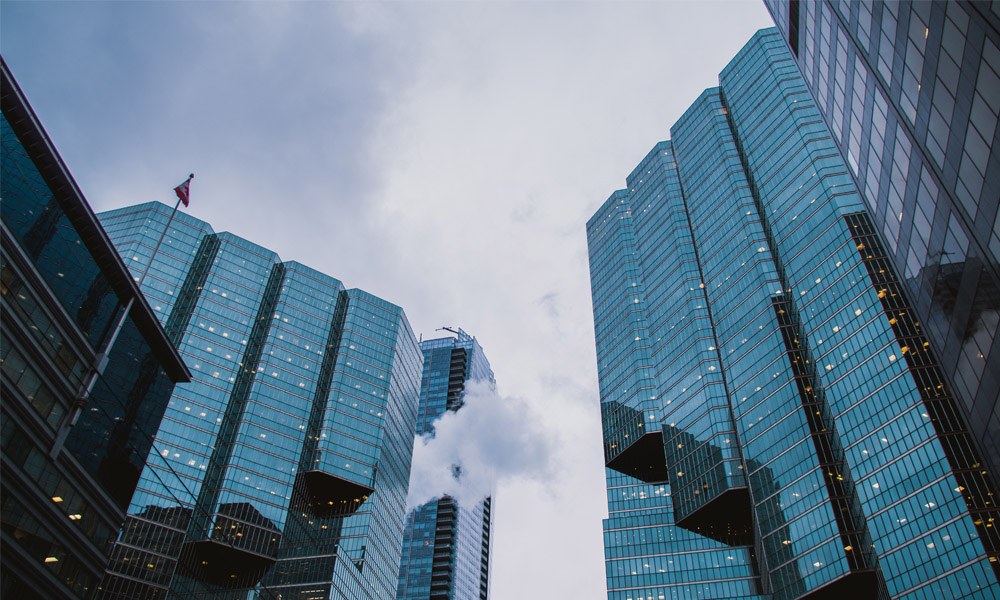

The Underrated Elegance of Frosted Float Glass
Frosted float glass, a quintessential material in modern architecture and interior design, has gained attention for its balance of aesthetic appeal and functional practicality. Unlike ordinary glass, frosted float glass provides a distinct texture and opacity that set it apart, making it a versatile option for various applications.
What is Frosted Float Glass?
Frosted float glass is created by treating clear float glass to produce a consistent, translucent surface. This process can be achieved through acid etching, sandblasting, or using a frosted film. The result is a smooth, frosted appearance that diffuses light while maintaining privacy. This elegant design feature allows frosted glass to be used in a variety of settings, from residential homes to commercial spaces.
Aesthetic Appeal
One of the standout features of frosted float glass is its aesthetic versatility. The soft, muted appearance enhances the ambiance of any room, creating a serene atmosphere that is both calming and stylish. This translucent glass can be integrated into various architectural styles, from minimalist to traditional, making it an ideal choice for designers and architects looking to elevate their projects.
Frosted glass can be used for doors, partitions, and windows, providing visual interest without compromising on light. Its ability to scatter light adds a gentle glow to interiors, reducing harsh shadows and creating a warm, welcoming environment. In residential spaces, frosted glass can serve as an elegant divider for open floor plans, maintaining an airy feel while offering privacy.
Functional Benefits

Beyond its aesthetic contributions, frosted float glass carries several functional advantages. Its opacity provides privacy, making it an ideal choice for bathrooms, conference rooms, and other spaces where visual seclusion is essential. With frosted glass, individuals can enjoy natural light without the discomfort of being seen from the outside, striking a balance between openness and security.
Another significant benefit is its ease of maintenance. Unlike clear glass, which may show fingerprints, smudges, and scratches more readily, frosted glass tends to conceal imperfections better. Regular cleaning can be done using standard glass cleaning solutions, making it a practical choice for busy environments.
Energy Efficiency and Safety
Frosted float glass can also contribute to energy efficiency. By diffusing sunlight, it can help regulate indoor temperatures, reducing the reliance on artificial lighting during daylight hours. This energy-saving attribute makes it a wise selection for eco-conscious builders and renovators.
In terms of safety, frosted glass can be tempered to increase its strength, making it suitable for both interior and exterior use. This added durability is crucial in locations where safety concerns are paramount, such as in commercial buildings or homes with children and pets.
Conclusion
In conclusion, frosted float glass stands out as a beautiful and practical option for various applications in architecture and design. Its combination of aesthetic flexibility, privacy provision, easy maintenance, energy efficiency, and safety makes it an ideal choice for both residential and commercial projects. As architects and designers continue to explore innovative materials, frosted float glass is poised to play an essential role in creating elegant and functional spaces that honor both form and function. Embracing this underrated gem can enhance the quality of light and experience in any environment, showcasing the transformative power of thoughtful design.